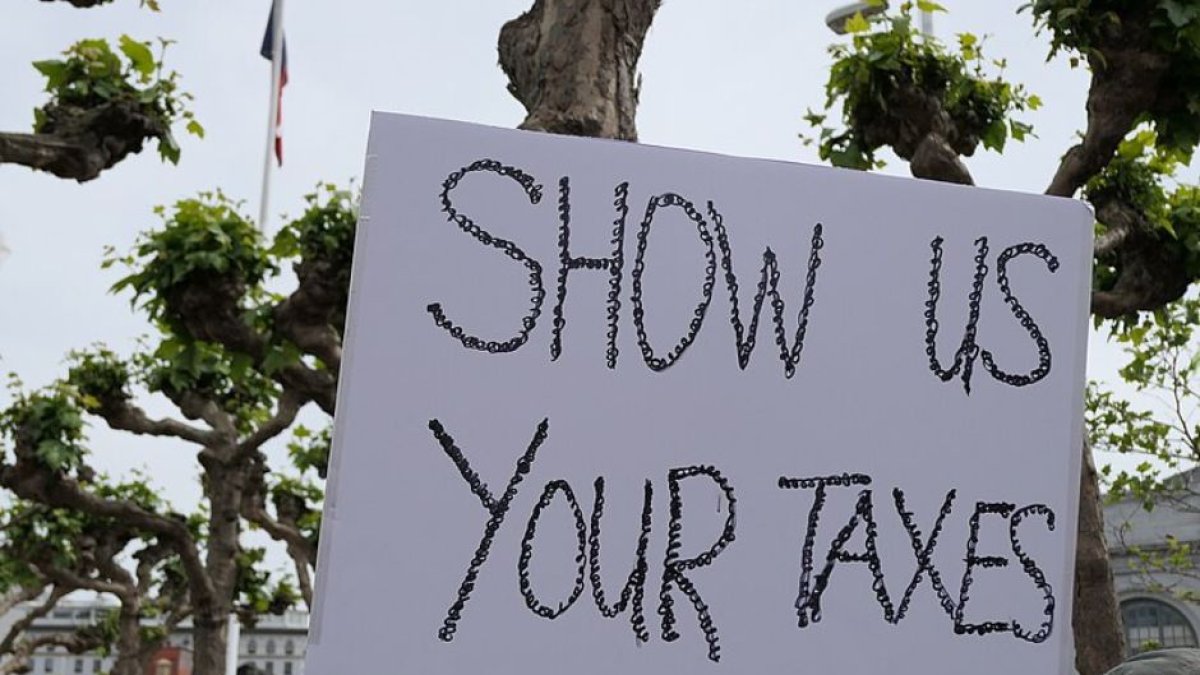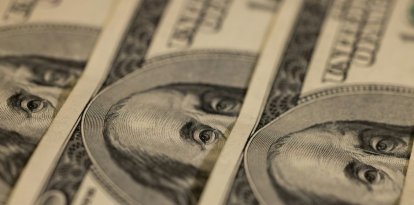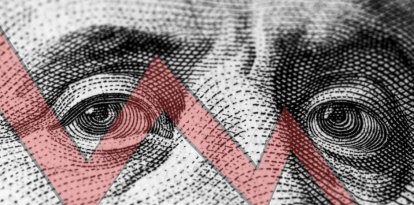From extraordinary Civil War expenses to opposition from the Supreme Court and the creation of the 16th Amendment: The history of Tax Day and April 15
Oddly enough, the federal income tax is a little over a hundred years old in the United States, and its appearance is complex, to say the least.

Wikimedia Commons
Year after year, April 15 is a happy day for the federal government and a sad day for taxpayers because it is the last day for members of the last group to submit their tax returns from the previous year. The date was popularly called Tax Day, and its history has included a few ideas and legislative turns, interventions by the court and even a new amendment added to the national Constitution at the beginning of the 20th century.
Specifically, April 15 is the day individual tax returns must be submitted to the federal government.
If you do not pay taxes on time, the Internal Revenue Service (IRS) will fine the corresponding citizen 5% of the unpaid amount for each month or part of a month when the return is late, although never exceeding 25% of the unpaid taxes.
The creation of income tax at the national level
Although the federal income tax is commonplace in almost all countries today, it is quite modern. It arose initially to cover extraordinary expenses but later quickly established itself in the tax range of countries.
In the words of Martín Litwak, author of "Tax Havens and Tax Hells," what would most surprise a person who lived in the 17th century about the modern world would be that "states compulsively take away part of what is produced from individuals."
The United States became independent from the United Kingdom in 1776 precisely because of a tax issue. Since then, the famous motto "No taxation without representation" has left clear hostility with the treasury. Some 85 years later, the same as 15 presidencies, the first national income tax was created, which came with the Revenue Act of 1861. Temporarily enacted by President Abraham Lincoln, it was intended to address the extraordinary expenses of the Civil War.
At that time, only two tax brackets, 3% and 5%, were established, which were applied according to the taxpayer's income level. Congress repealed its creation ten years later due to the strong discontent of the general population, who considered the tax expropriation, given that the federal government had never claimed part of its income in the country's history.
Capitol Hill resumed its initiative in 1894 when it passed the Tariff Act. This legislation allowed the government to tax the "earnings, benefits and income" of taxpayers and companies exceeding $4,000 at a single rate of 2%.
Pollock v. Farmers' Loan & Trust Co.
To comply with the new law approved by Congress, Farmers' Loan and Trust Company, a New York financial institution with significant holdings, announced to its shareholders that it would pay the newly created tax and that it would also provide the treasury with a list of all the people for whom it acted in a fiduciary capacity (managed money or property), and which of course they were obliged to pay as well.
This angered Charles Pollock, a Massachusetts taxpayer who owned ten company shares. He decided to take matters into his own hands. He first sued Farmers' Loan and Trust Company to avoid paying the tax, but the lower courts rejected his petition.
Determined to see his case until the bitter end, Pollock presented his case before the Supreme Court of Justice (SCOTUS), which agreed to hear him in 1895. Joseph Hodges Choate, one of the most respected lawyers on Wall Street, was in charge of Pollock's defense.
On April 8 of that year, the country's highest court ruled in favor of the taxpayer, alleging that the income tax was unconstitutional because its revenue was not distributed among the states according to their population.
"First. We adhere to the opinion already announced—that, taxes on real estate being indisputably direct taxes, taxes on the rents or income of real estate are equally direct taxes. Second. We are of opinion that taxes on personal property, or on the income of personal property, are likewise direct taxes. Third. The tax imposed by sections 27 to 37, inclusive, of the act of 1894, so far as it falls on the income of real estate, and of personal property, being a direct tax, within the meaning of the constitution, and therefore unconstitutional and void, because not apportioned according to representation, all those sections, constituting one entire scheme of taxation, are necessarily invalid," wrote Judge Melville Fuller, who wrote the majority opinion.
A miscalculation and the creation of the Amendment
Again, Congress chose to insist on the creation of a federal tax to levy income. The Democratic Party took up the crusade under the leadership of William Jennings Bryan, whose three presidential platforms included an income tax plan, and ultimately endorsed by the more progressive wing of the Republican Party of the early 20th century.
With this 'send,' in 1909, this legislative coalition once again promoted a Tariff Law that contained a federal income tax. Conservatives were already fed up with having to deal with this proposal in D.C., so they came up with a plan to eradicate the idea forever. The initiative proposed a constitutional amendment that would enact these taxes, knowing from the outset that to be approved, it would need to obtain the ratification of three-quarters of the states, something they believed impossible. Senate Majority Leader Nelson Aldrich (R-RI) was in charge of officially presenting the proposal.
However, to their surprise, the states began one by one to ratify it in their respective state legislatures, carried away by the national trend towards progressivism of the time. The GOP's division intensified with Teddy Roosevelt's defeat in the 1912 Republican primary, leading many of its supporters to join the Progressive Party.
The fate of the tax was decided on February 3, 1913, when Delaware became the 36th state to approve the proposal, the magical number needed to add an amendment to the National Constitution.
Secretary of State Philander Knox officially proclaimed the latest addition to the Constitution on February 25, 1913, overturning the precedent set by Pollock v. Farmers' Loan & Trust Co.
Finally, the federal tax issue was resolved with this text stamped on the newly created Amendment 16: "The Congress shall have power to lay and collect taxes on incomes, from whatever source derived, without apportionment among the several States, and without regard to any census or enumeration."
Democrats quickly sprang into action to now create legislation protected by the Constitution. Congressman Oscar Underwood introduced legislation known as the "Underwood Tariff." which passed in the House of Representatives easily and in the Senate after strong pressure from the Wilson administration.
The law reinstated the federal income tax and established a 1% tax on income over $3,000 per year, affecting approximately 3% of the population. Since then, the United States has steadily implemented the income tax, increasing its number of tax categories and scope over the years.
Why April 15?
Already enshrined in the constitution, the federal income tax began its day shortly after. It was first set on March 1, which remained until 1918, when Congress modified it to the 15th of that same month.
Thanks to the tax reform, April 15 became fixed as Tax Day in the United States in 1954.
























